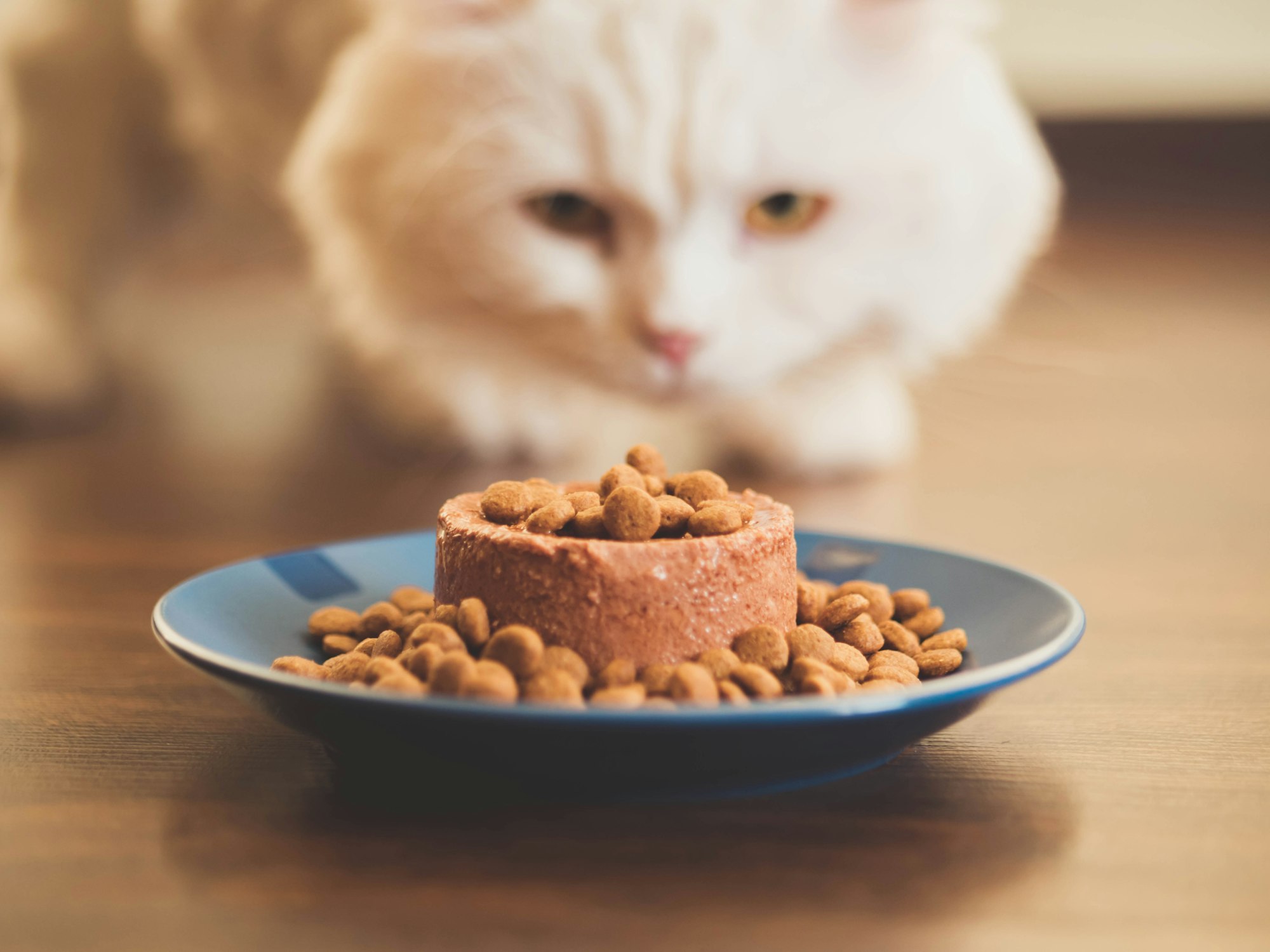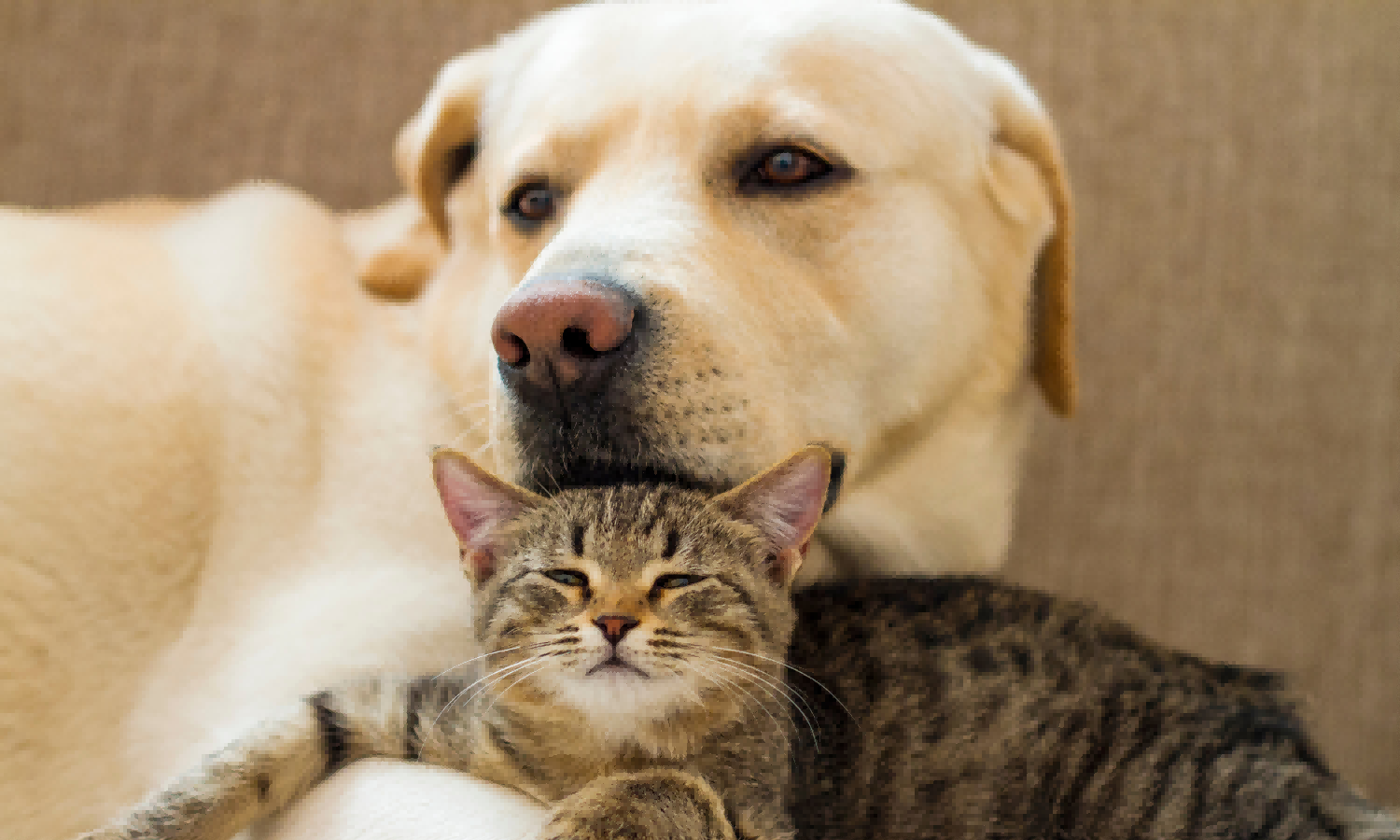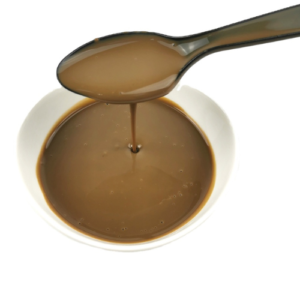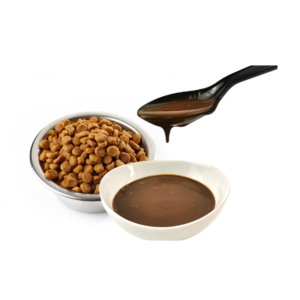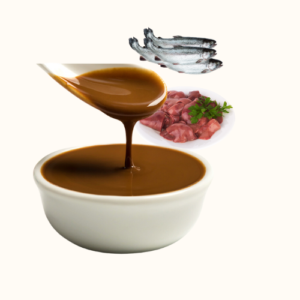Taste Amplifiers in Cat Food
Cats are known for their finicky eating habits, a trait that has long challenged cat owners and cat food manufacturers alike. Ensuring that cats receive a balanced diet is essential for their health, but their selective palates can make this task daunting. This is where taste amplifiers come into play. In the realm of cat food production, taste amplifiers are becoming indispensable tools for enhancing the palatability of cat food, thereby ensuring that our feline friends are both happy and healthy.
Understanding the Feline Sense of Taste
Before delving into taste amplifiers, it’s crucial to understand how cats perceive taste.
Limited Taste Buds
Cats have approximately 470 taste buds, significantly fewer than humans, who have around 9,000. This means cats have a limited ability to detect different flavors.
Absence of Sweet Taste
Cats lack the receptor gene Tas1r2, which makes them indifferent to sweet tastes. Their taste receptors are more attuned to detect amino acids, the building blocks of proteins, which is logical given their carnivorous nature.
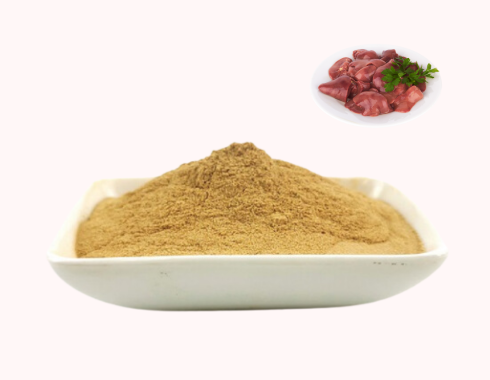
Sensitivity to Bitter and Sour
Cats are particularly sensitive to bitter and sour tastes, which can be off-putting if present in their food.
Olfactory Influence
A cat’s sense of smell is highly developed and plays a significant role in food acceptance. Aromas can entice a cat to eat even if the taste is not particularly strong.
The Challenge for Cat Food Producers
Creating a cat food that is both nutritionally balanced and palatable is a complex task.
Nutritional Requirements
Cats require specific nutrients like taurine, arachidonic acid, and vitamin A, which they cannot synthesize in sufficient quantities. These nutrients often come from animal sources that may not be highly palatable.
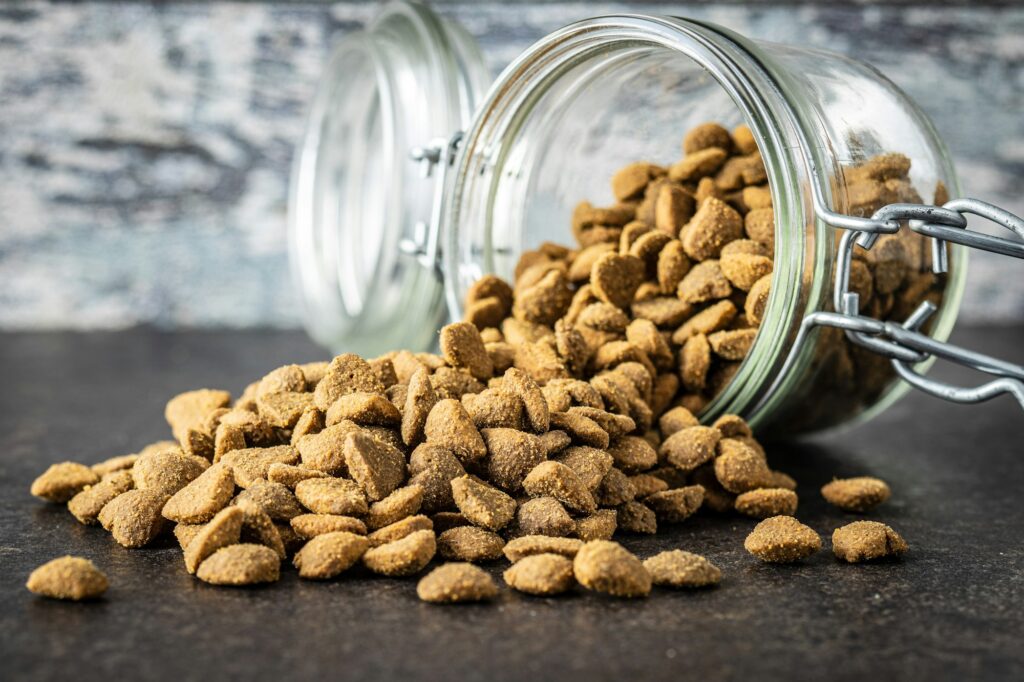
Masking Unpleasant Flavors
Some essential nutrients and additives have bitter or metallic tastes. Masking these flavors without compromising nutritional value is a significant challenge.
Consistency and Texture
Cats can be particular about the texture of their food. Whether it’s wet food with chunks, pâté, or dry kibble, the mouthfeel can influence acceptance.
What Are Taste Amplifiers?
Taste amplifiers are substances added to cat food formulations to enhance flavor and aroma, making the food more appealing to cats.
Types of Taste Amplifiers
- Animal Digests: These are processed animal proteins that provide a concentrated flavor. They are created through hydrolysis, breaking down proteins into amino acids and peptides that cats find irresistible.
- Yeast Extracts: Rich in nucleotides and amino acids, yeast extracts can enhance the umami flavor, appealing to cats’ preference for savory tastes.
- Natural Flavors: These include extracts from fish, poultry, or other meats, which can boost the overall flavor profile.
- Aroma Enhancers: Substances that intensify the smell of the food, attracting cats through their strong sense of smell.
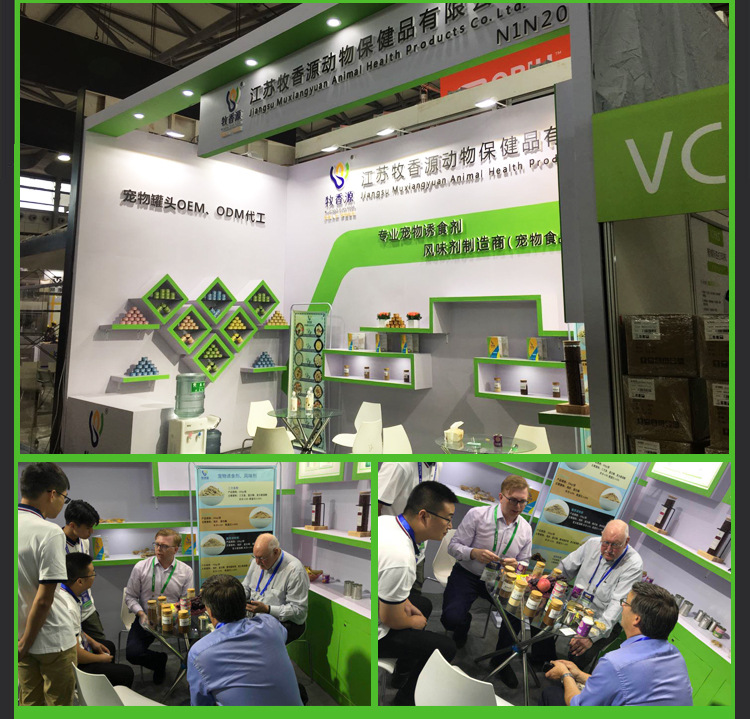
Functionality in Cat Food Production
- Enhancing Palatability: By improving taste and aroma, taste amplifiers encourage cats to consume the food readily.
- Masking Off-Flavors: They help conceal undesirable tastes from vitamins, minerals, or certain proteins.
- Consistency in Flavor: They ensure that each batch of food has a uniform taste, which is important because cats can be sensitive to changes in their diet.
The Science Behind Taste Amplifiers
Protein Hydrolysates
These are proteins broken down into smaller peptides and amino acids through enzymatic hydrolysis. They not only enhance flavor but can also improve digestibility.
Umami Enhancement
Umami, the savory taste, is particularly appealing to cats. Ingredients like monosodium glutamate (MSG) are not typically used in pet food, but natural sources of umami, such as certain yeast extracts, can be effective.
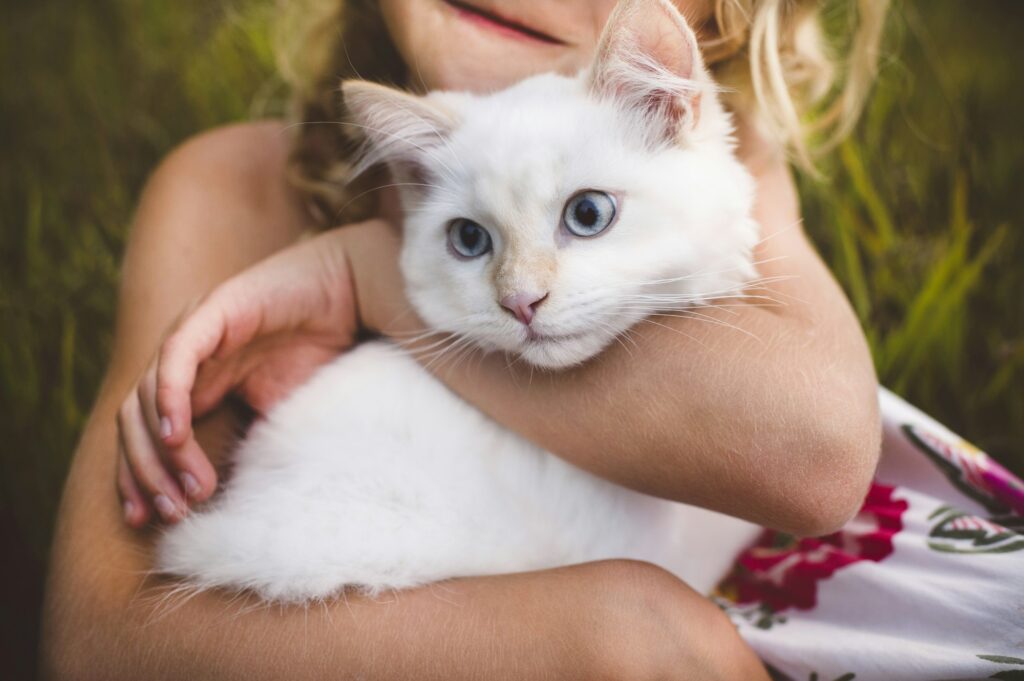
Aroma Compounds
Volatile aroma compounds are crucial since cats rely heavily on their sense of smell. Compounds derived from Maillard reactions, which occur during cooking processes, can produce appetizing aromas.
Formulation Strategies in Cat Food Production
Ingredient Selection
- High-Quality Proteins: Using premium animal proteins can naturally enhance flavor.
- Freshness of Ingredients: Fresh ingredients tend to have better flavor profiles.
Processing Techniques
- Maillard Reaction Optimization: Controlling cooking temperatures and times to maximize flavor development without degrading nutrients.
- Encapsulation: Encapsulating certain taste amplifiers can control their release during digestion.
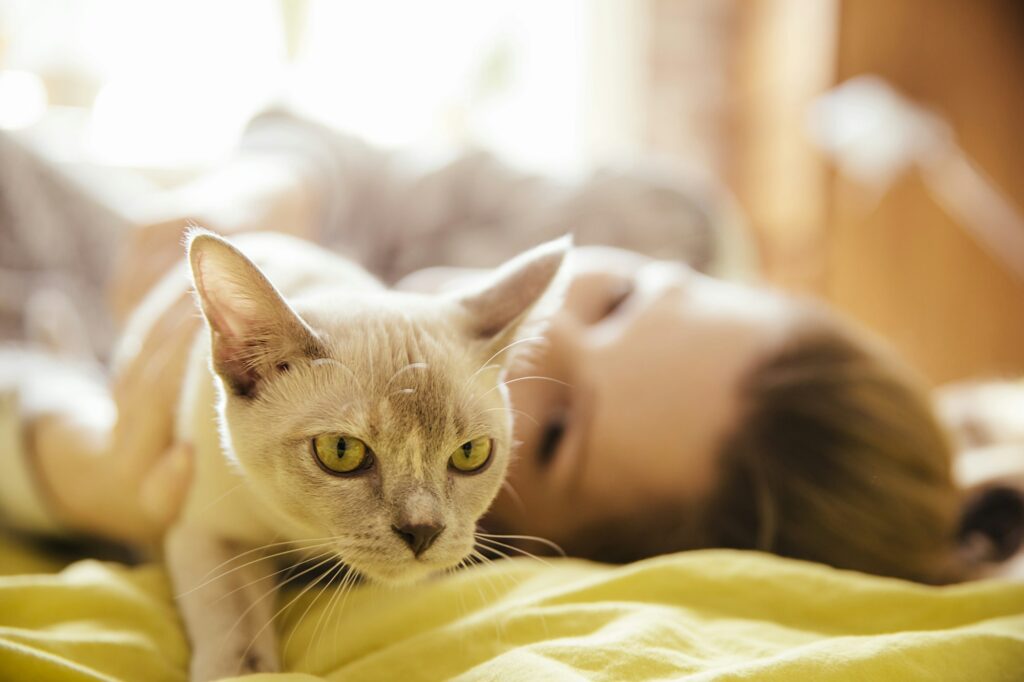
Balancing Nutrients and Taste
- Nutrient Optimization: Ensuring that the addition of taste amplifiers does not dilute essential nutrients.
- Regulatory Compliance: Adhering to guidelines set by organizations like the Association of American Feed Control Officials (AAFCO) to ensure safety and nutritional adequacy.
Quality Control and Testing
Palatability Trials
Conducting feeding trials with cats to assess acceptance and preference.
Analytical Testing
- Flavor Profiling: Using sensory analysis to evaluate taste and aroma.
- Chemical Analysis: Ensuring consistency in the concentration of taste compounds.
Consumer Feedback
Gathering data from pet owners regarding their cats’ acceptance of the food.
Ethical and Sustainable Considerations
Source of Ingredients
- Sustainably Sourced Proteins: Using ingredients that are environmentally friendly.
- Transparency: Providing clear information about the sources of taste amplifiers.
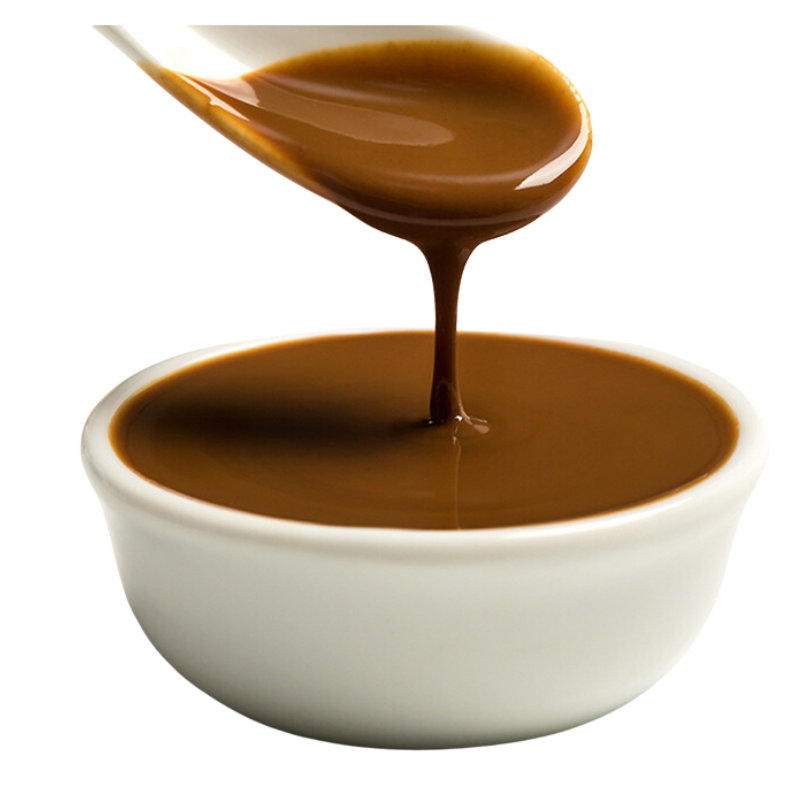
Animal Welfare
Ensuring that ingredients are sourced without causing undue harm to other animals.
Innovations in Taste Amplification
Biotechnology Applications
- Fermentation Processes: Developing new flavor compounds through microbial fermentation.
- Enzyme Technology: Using specific enzymes to produce desirable peptides.
Customized Nutrition
- Personalized Diets: Formulating diets tailored to individual cats’ preferences and health needs.
- Functional Foods: Incorporating ingredients that provide health benefits beyond basic nutrition, such as probiotics.
Case Studies
Success Story: Enhancing Senior Cat Diets
Senior cats often have reduced appetite. By incorporating taste amplifiers that are rich in aroma and easily digestible proteins, manufacturers have developed senior-specific diets that improve food intake and overall health.
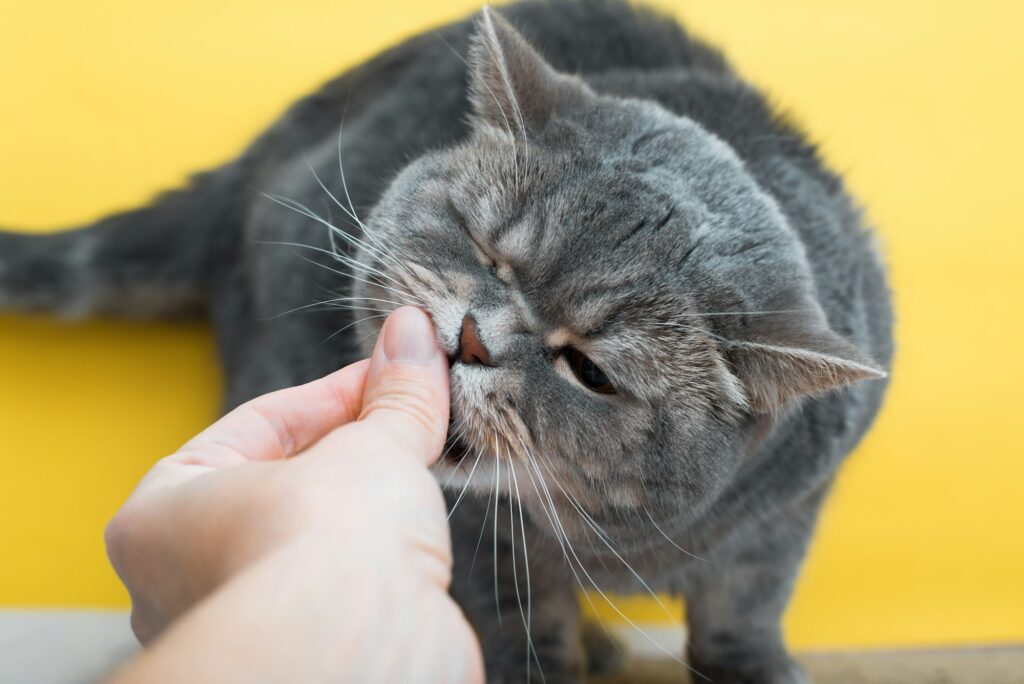
Innovative Flavors: Beyond Traditional Meats
Introducing novel proteins like duck or venison, combined with appropriate taste amplifiers, has expanded options for cats with food sensitivities or allergies.
Regulatory Aspects
Compliance with Food Safety Standards
Ensuring that all taste amplifiers are approved for use in pet food and meet safety standards set by regulatory bodies.
Labeling Requirements
Accurately listing taste amplifiers on ingredient labels to maintain transparency with consumers.
Challenges and Future Directions
Natural vs. Artificial
The trend towards natural ingredients has led to a preference for natural taste amplifiers. However, sourcing these can be more expensive and may have variability in flavor potency.
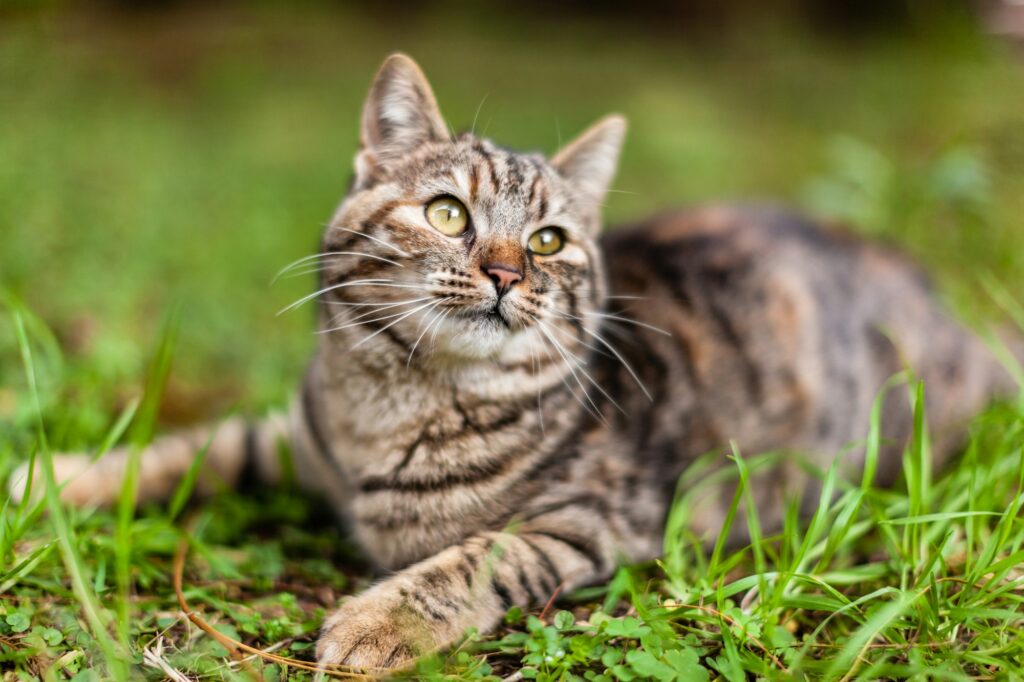
Sustainability Pressures
As sustainability becomes a priority, the industry is challenged to find taste amplifiers that are both effective and environmentally friendly.
Technological Advancements
Ongoing research into feline taste receptors may lead to the development of more targeted taste amplifiers.
Conclusion
Taste amplifiers play a vital role in cat food production, bridging the gap between nutritional adequacy and palatability. By understanding the unique taste preferences and physiological needs of cats, manufacturers can formulate foods that not only meet dietary requirements but also appeal to the feline palate. The ongoing innovation in taste amplification promises a future where feeding cats is both a science and an art, ensuring their health and happiness.
References:
- Association of American Feed Control Officials (AAFCO). (2023). Pet Food and Specialty Pet Food Labeling Guide.
- Case, L. P., Daristotle, L., Hayek, M. G., & Raasch, M. F. (2019). Canine and Feline Nutrition. Elsevier Health Sciences.
- Bradshaw, J. W. S. (2021). Sensory and Experiential Factors in the Design of Foods for Domestic Dogs and Cats. Proceedings of the Nutrition Society.

